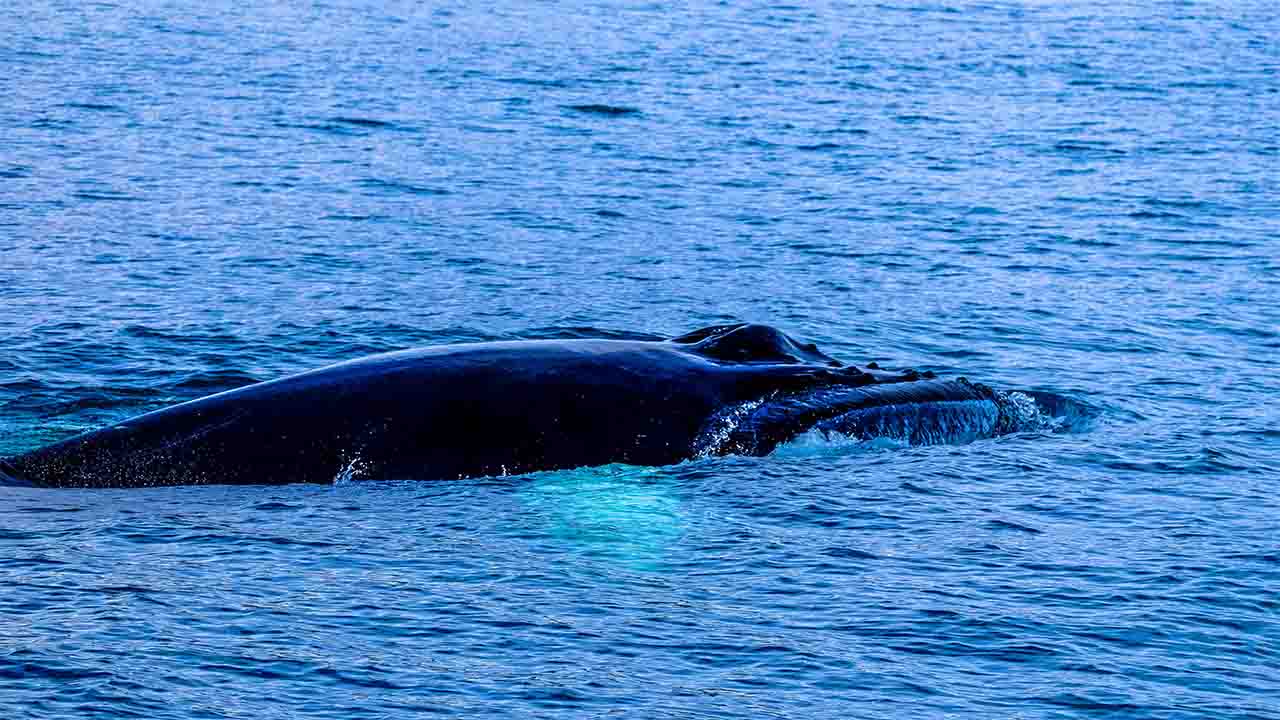Science & Technology, Canada (Commonwealth Union) – Toxic substances stemming from oil emissions and wildfire smoke have been identified in muscle and liver specimens obtained from Southern Resident killer whales and Bigg’s killer whales.
In a groundbreaking study reported in Scientific Reports today, polycyclic aromatic hydrocarbons (PAHs) have been detected in orcas along the coast of British Columbia, marking the first instance of such findings. Additionally, the study highlights the transference of these chemicals from mother to fetus during pregnancy.
The significance of killer whales in the Pacific Northwest, culturally, economically, and ecologically, cannot be overstated according to Dr. Juan José Alava, the senior author and principal investigator of the UBC Ocean Pollution Research Unit. Along with his role as an adjunct professor at Simon Fraser University, emphasized the orcas’ role as indicators of ocean health. Due to their ability to metabolically process PAHs, the presence of these substances is likely due to recent exposures. Orcas essentially serve as a barometer for the overall well-being of our oceans as indicated by researchers of the study.
PAHs, a category of chemicals found in coal, oil, and gasoline, have been implicated in research as carcinogenic, mutagenic, and harmful to mammals. Their introduction into the ocean results from various sources, including oil spills, coal combustion, and particles from forest fire smoke.
The research team examined samples from the muscle and liver tissues of six Bigg’s killer whales and six Southern Resident killer whales stranded in the northeastern Pacific Ocean from 2006 to 2018. Testing for 76 different PAHs, the researchers discovered their presence in all samples, with at least 50 percent of the samples containing half of the PAHs. Of particular concern was a PAH derivative called C3-phenanthrenes/anthracenes, constituting 33 percent of total contamination across all samples. These specific forms of PAHs, known as alkylated PAHs, are recognized for their heightened persistence, toxicity, and propensity to accumulate more in the bodies of organisms compared to parental PAHs.
PAHs in killer whales in British Columbia have not been previously investigated. However, the study’s findings revealed that the average contamination levels were lower than those observed in previous studies of cetaceans in the Gulf of California. Notably, they were nearly twice as high as the contamination levels found in blood samples of captive killer whales from Icelandic waters.
The sources of contaminants in Bigg’s killer whales primarily included those generated by the combustion of coal, vegetation, and forest fires. On the other hand, contaminants in Southern Resident killer whales (SRKWs) were predominantly from oil spills and the burning of fossil fuels such as gasoline. The researchers attribute these variations to the distinct habitats of the two groups. Bigg’s killer whales inhabit a range from California to southeastern Alaska and the North Pacific Ocean, whereas SRKWs reside closer to more polluted urban environments around the Salish Sea.
Researchers of the study also point out that the differences in feeding preferences, behavior, and metabolism among the two groups could also influence the accumulation of contaminants in these marine mammals.
“B.C.’s coast is experiencing oil pipeline developments, oil tanker traffic, industrial effluents, forest fires, stormwater runoff and wastewater,” explained the 1st author Kiah Lee, who carried out the work as an undergraduate student at the UBC, Institute for the Oceans and Fisheries (IOF) and is presently a masters student at the University of Oslo. “These activities put toxic PAHs into the marine food web and, as we saw here, they can be found in orcas, the apex predator.”
“There’s only a small population to draw from—74 individuals in the case of the Southern Residents,” added co-author Dr. Stephen Raverty, IOF adjunct professor and veterinary pathologist with the B.C. Ministry of Agriculture and Food. “There are many potential causes for their decline, pollution being one.”








